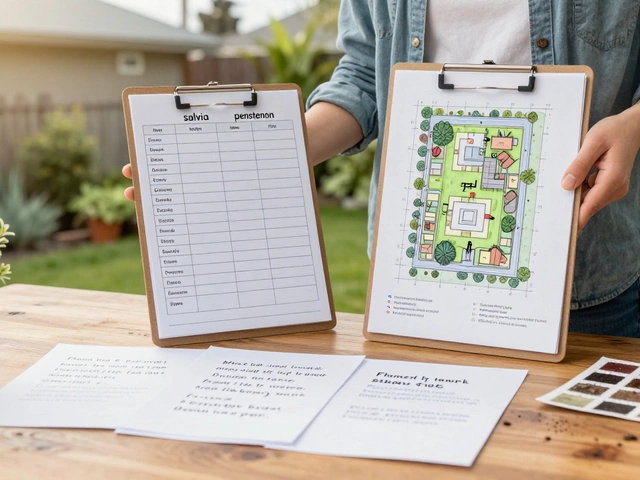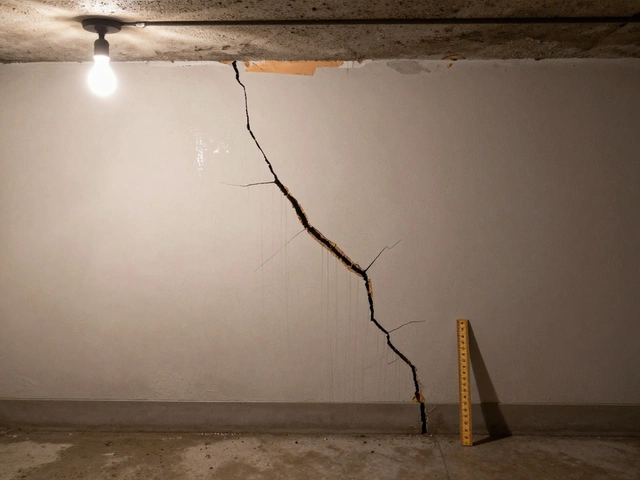Building Types – What They Are and Why They Matter
When talking about building types, the classification of structures based on purpose, design and construction method. Also known as construction categories, they help homeowners, builders and designers make informed choices. For example, a residential building, a house or apartment meant for people to live in has very different requirements from a commercial building, offices, shops or restaurants that host business activities. A heritage building, an older structure protected for its historic value often needs special preservation techniques, while a modular construction, factory‑built sections assembled on site for speed and flexibility focuses on efficiency and modern standards. Knowing these categories sets the stage for everything that follows – from material choices to maintenance plans.
How Building Types Shape Your Project Decisions
Understanding building types influences material selection, cost estimates and regulatory compliance. A residential building usually follows domestic building codes, meaning insulation, fire safety and ventilation are tuned for comfort. In contrast, a commercial building must meet stricter load‑bearing standards and often incorporates larger HVAC systems – that’s the first semantic triple: *Building types dictate code requirements*.
Renovation projects rely on the second triple: *Different building types require specific maintenance plans*. For a heritage building, you’ll encounter original timber frames, lime plaster and period‑accurate windows, so you’ll need craftsmen who understand historic preservation. Meanwhile, a modular building’s prefabricated panels are designed for easy replacement, meaning future repairs can be faster and cheaper. When you factor in energy efficiency, the third triple emerges: *Modern building types often incorporate sustainable design*. Today’s modular and new‑build residential projects frequently include solar‑ready roofs, high‑performance glazing and airtight construction, which cut utility bills and meet green certifications.
Beyond structural concerns, interior finishes and décor choices also hinge on building type. A small bathroom in a historic cottage might call for classic tile patterns and antique fixtures, whereas a sleek office loft leans toward minimalist lighting and glass partitions. The choice of curtain colors, storage solutions or even flooring will feel right only if you respect the building’s original purpose and style. That’s why the articles below cover everything from DIY table makeovers that fit a cottage kitchen to storage hacks ideal for compact apartment units.
Now that you see how building types weave through design, construction, and upkeep, you’ll recognize the value of a curated guide. Below you’ll find practical advice on modernising furniture, maximizing storage, picking the right paint colors, and even spotting structural settlement issues – all framed by the type of building you own or work with. Dive in to get the insights that match your specific structure, whether it’s a cozy home, a bustling shop, a protected heritage site, or a fast‑track modular project.
Understanding Non-Commercial Construction: A Comprehensive Guide
Non-commercial construction represents the non-commercial side of building projects. It focuses on the creation of structures intended for private use or specific community purposes. Unlike commercial construction, which aims to generate profit, this form of construction includes residential homes, schools, and community centers. Such projects prioritize comfort, safety, and community needs over financial return.
full articleUnderstanding Type 5 Construction in Commercial Buildings
Type 5 construction, commonly known as wood-frame construction, is frequently utilized in creating various commercial structures. This construction type is favored for its cost-effectiveness and versatility, accommodating a range of designs and layouts. However, its use comes with particular fire risk considerations, necessitating specific safety measures. Understanding the benefits and limitations of Type 5 construction can lead to more informed decisions in commercial building projects.
full article





